#plantworld
Photo
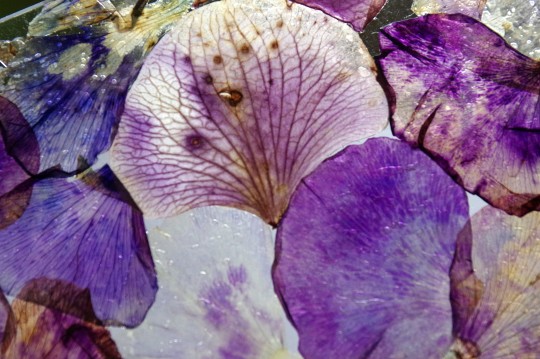



Pansy Colours, 2019
Petals of pansyflower plants, preserved in recycled acrylic glass;
ilustrative\decorative art project, Frozen in Spring.
*For Sale*
pm for more info ^^
#originalartwork#original photography#originalphotographers#homedecor#uniquepieces#veins#water#colours#degrade#purple#blue#white#yellow#green#details#artbased#plant lovers#plantworld#pansyflower#stem#ecosystem#nature lover#naturetextures#naturepaterns#naturepallets
32 notes
·
View notes
Photo

#sky #niebo #skyphotography #skyline #skyporn #gorzow #66400 #plant #plants #rośliny #plantworld #plantslover #plantsofinstagram #drzewo #tree #trees #aesthetic #aesthetic #lofihiphop #lofi #tumblr #tumblraesthetic #animegirl #anime #natura #naturephotography #vaporwave #sadboys #poland #polska (w: Gorzów Wielkopolski) https://www.instagram.com/p/CdVGEUCuZp0/?igshid=NGJjMDIxMWI=
#sky#niebo#skyphotography#skyline#skyporn#gorzow#66400#plant#plants#rośliny#plantworld#plantslover#plantsofinstagram#drzewo#tree#trees#aesthetic#aesthetic#lofihiphop#lofi#tumblr#tumblraesthetic#animegirl#anime#natura#naturephotography#vaporwave#sadboys#poland#polska
2 notes
·
View notes
Text
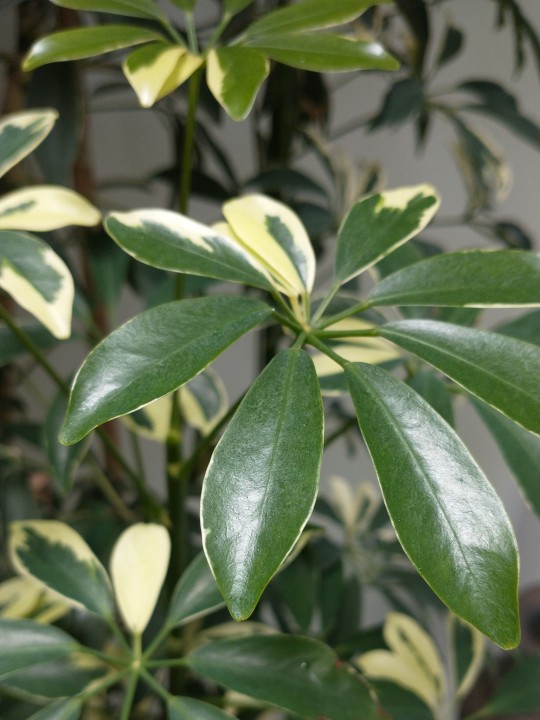

Variegated Leaves
0 notes
Photo
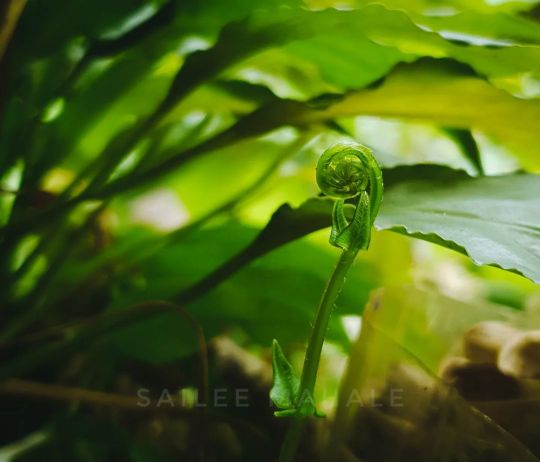
Ready to unfurl and experience life at its fullest...💚 #ferns #unfurling #mobilecaptures #lightroomedits #dailyattempts ##quotesinmylife #green💚 #beautifulnature❤️ #naturephotography #plantworld #photographerlife #vibes #simplephotography #aesthetics #moodyedits #waitingforrain #samsungs9plus #simplybeautiful #positivevibesonly🌈 #igersgoa #bloggersofgoa #photographersofinstagram #instagood #instagramgrowth #staysafe😷 #stayhappy😊 #keeploving💖 #keepgoing💕 https://www.instagram.com/p/CdPxzNYj_LN/?igshid=NGJjMDIxMWI=
#ferns#unfurling#mobilecaptures#lightroomedits#dailyattempts#quotesinmylife#green💚#beautifulnature❤️#naturephotography#plantworld#photographerlife#vibes#simplephotography#aesthetics#moodyedits#waitingforrain#samsungs9plus#simplybeautiful#positivevibesonly🌈#igersgoa#bloggersofgoa#photographersofinstagram#instagood#instagramgrowth#staysafe😷#stayhappy😊#keeploving💖#keepgoing💕
0 notes
Note
you should make a plantsona

guy that loves the you dont know jack pine game series
#tophatthehat#requested#ms paint#(Me googling ' plants with jack in their name ' so i can make that joke. im making ydkj canon in your plantworld buddy)#(ANYWAYS YAYY this was fun i tried like 4 other plants and then settled with buttonbush :o) )
2 notes
·
View notes
Text
SpecBio concept #5: Plantworld
A planet resembling Earth in its late Archean state (higher temperature, no free oxygen, dense atmosphere, extensive salty oceans, thick coat of carbon dioxide), perhaps more tectonically stable, extensively seeded with Earth plants and bacteria. Not a single animal or fungal species is brought.
The first green settlers struggle to get a hold on the barren continents, in absence of fungi to erode bare rock and worms to aerate the ground. But some ground is more hospital than other, the first layer of debris provides soil for the survivors, and eventually plant life starts to grow properly.
For many millions of years the plants thrive, thanks to the abundance of carbon and water, the higher temperatures, and the lack of oxygen to interfere with carbon fixation; but eventually oxygen starts piling in the atmosphere, gigatons of carbon are locked into wood and buried debris (to be released in pulses only when wildfires burn out uncontrollably), and the diminished greenhouse effects starts to cool down the planet sensibly. The forests start to shrink.
There’s an obvious niche to be exploited there. Parasite plants without chlorophyll exist on Earth right now, such as the very unfortunately named broomrape. They’ve always thrived on Plantworld in many lineages, with the bounty of hosts to exploit, but now they can do one better: they find out how to secrete acids and enzymes to break apart cellulose, much like fungi did on a forgotten planet, and start consuming the vast dead biomass.
The decomposer plants scatter their pollen and seeds to the wind (no animal disperser to exploit), gliding away on wing-blades like maple seeds, but why stop there? If they gather enough energy, they can manipulate osmotic pressure inside the seeds to move the blades, until they can flap them like wings. This consumes enormous amounts of sugar and oxygen: each plant can afford very few seeds. The strands of turgid cells become analogues of muscles, and soon Planetworld’s forests are abuzz with little flying seeds, flying as far as possible from the mother plant to avoid competing against their own kin.
Each incremental improvement to fitness suggests others. If you sharpen your chemical senses, you could detect the places were there is fewest competition... if you steal back some photosynthetic pigments from your prey (which are but light detectors, after all) you can repurpose them into crude eyes to look for better ground... if you can move your wing-flaps, you can move them on the ground to place yourself in a better germinating position.
Absorbing matter through roots is agonizingly slow for these increasingly energic parasites. It would be much quicker to take food in bulk. The flying seeds secrete powerful saliva-like enzymes to degrade the matter on which they germinate; they use their osmotic muscles to grind shell-plates against each other like tiny jaws; they develop internal specialized glands... And eventually they discard the roots at all, which have lost their use. Why bother growing into a plant form? You can just stay a flying seed all your life, and sprout your flowers directly there. Actually, now that you’re so nimble, you can just seek out your mates directly.
Half a billion year later, Plantworld has a rich biosphere full of animal life; swift-footed grazers and silent ambush predators, swarming minute plankton and giants feeding on them by the millions, industrious hive-builders and devious endoparasites; and perhaps some creature with inquisitive brains and dexterous hands who is in for a big surprise or two when they finally chart the history of life on their world.
EDIT 26-11-23: used to be #4, but then I remembered the actual fourth concept
SpecBio concept #4 (a biosphere feeding on sound, inspired by @cromulentenough)
SpecBio concept #3 (children falling from the “sky”)
SpecBio concept #2 (liquid brain, chemical memory)
SpecBio concept #1 (double silicate biosphere, one hot, one cold)
18 notes
·
View notes
Text
What role can museum educator's play in helping their organizations become more inclusive and empathetic?
Dana Golan Miller, September 22
When I visit various online museum websites, I tend to focus on the section dedicated to children and family activities. Perhaps this is because I'm a mother of two. I truly want my children to have exposure to a wide range of museums, and I approach it from the perspective of an ordinary mother, not as a professional from the art world or a museum expert. However, when I come across these online platforms, I always consider the role of educators within it.
While it's evident that the curators are primarily responsible for the content of exhibitions, I firmly believe that a successful exhibition, if possible, is one where there is collaboration between curators and educators. In my opinion, Plantworld is an exemplary museum that embodies this type of synergy
According to their mission from their web-site "Planet Word is the only museum in the country dedicated to renewing and inspiring a love of words and language… As a museum for the entire community, we’re collaborating with partners who share our core belief that literacy is the foundation of a strong democracy. Our partners serve children and adults with low literacy, people without access to educational resources, and those experiencing homelessness. Together, we’re working to ensure that Planet Word is a welcoming place, serving a diverse audience, and making a difference in the life of the community" (from the museum's web site https://planetwordmuseum.org/about
Yes, I must confess that I explored the museum's website after my visit with my MET peers during the summer. However, I could clearly see that the museum actively collaborates with educators. There is no doubt that the museum educators work in tandem with the museum curators and managers. I also have to emphasize that this museum is truly unique and distinct from other specialized museums, such as those dedicated to art or science."
Collaboration between the education departments and other professionals within the institution is not common. In 2019, a group of museum professionals came together to form The Empathetic Museum to advocate for institutional empathy as a transformative force in museums. "The Empathetic Museum holds that the qualities of the 21st century museum are impossible without an inner core of institutional empathy: the intention of the museum to be, and be perceived as, deeply connected with its community (Jennings, 2019, 505). I personally found this document much important with regards to the museum' roll in the civic sphere. "Empathy: the action of understanding, being aware of, being sensitive to, and vicariously experiencing the feelings, thoughts, and experience of another of either the past or present without having the feelings, thoughts, and experience fully communicated in an objectively explicit manner (509). They continue by emphasize the "five characteristics of empathetic practice - civic vision, Institutional Body Language, Institutional Body Language, Timeliness and Sustainability and Performance Measures. All capture the wide variety of ways that empathy can be reflected within and by an institution (510-512). Though they mentioned that "Model is not an end in itself. It represents an accessible starting point and tool for assessing an organization’s particular stage on its empathetic journey". After asking "So what does an empathetic museum look like? They sum up that "There is no perfect model museum of empathetic practice, yet. Museums the world over are puzzling about new ways of existing and engaging with the audiences we serve–from exploring participatory models of storytelling, to decolonizing collections, to dismantling a collective legacy of white supremacy. As we approach this new tipping point, we look to institutions that are intentionally seeking to address disparities in their midst (515).
I found these pieces of advice to be incredibly crucial and significant when it comes to museum participation and the internal dynamics among museum departments. So, what role do educators play in this environment? Well, it depends on the primary mission of the museum, and more importantly, its leadership. An educator can contribute creatively by introducing new ways of thinking and fostering collaborations, along with ideas on how to engage with various communities. However, if the managers do not permit this or impose their own ideas without consultation, success may remain elusive.
Only a leader, or a chief curator, who genuinely comprehends the importance of engagement and applies the advice provided in the aforementioned document can achieve this mission. Educators have the potential and should actively help their organizations become more inclusive and empathetic if they are given the opportunity to do so. I sincerely hope that such developments are becoming increasingly prevalent nowadays.
Based on my experience exploring the Wordplant Museum's website and visiting the museum twice, once with my children, I believe that they have indeed succeeded in this regard.
Resources:
Planetword museum web-site
Jennings, G., Cullen, J., Bryant, J., Bryant-Greenwell, K., Mann, S., Hove, C. and Zepeda, N. (2019), The Empathetic Museum: A New Institutional Identity. Curator, 62: 505-526. https://doi.org/10.1111/cura.12335
0 notes
Photo
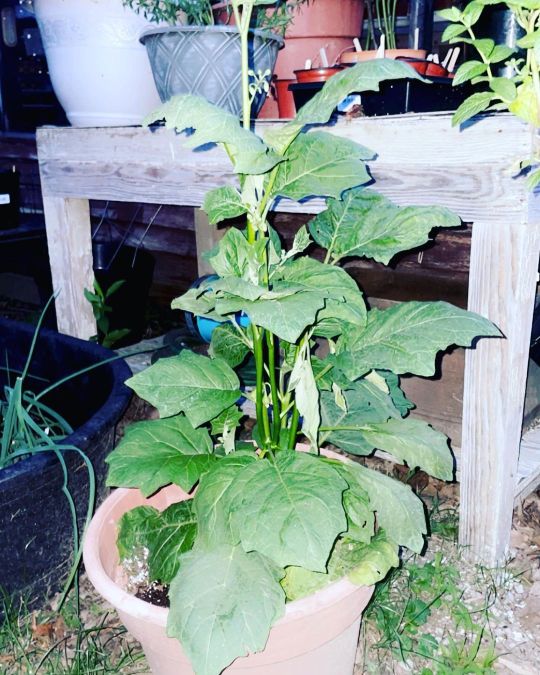
“Pumpkin on a Stick” plants are growing @ a fast rate, not to mention they have tons of soon to be punkins on it! Lol I can’t wait to see how this turns out!! I’ve never heard of this plant until this year in May… @ a plant sale around Mothers Day that we have here! #plants #plant #pumpkinonastickplant #pumpkin #stick #gardener #containergardening #container #garden #gardening #plantlife plantsofinstagram #instaplant #hobby #mylife #life #plantlifecycle #photosynthesis #pumpkins #uniqueplants #different #myworld #myplants #plantworld (at Indiana) https://www.instagram.com/p/Ce5OxsEOQZM/?igshid=NGJjMDIxMWI=
#plants#plant#pumpkinonastickplant#pumpkin#stick#gardener#containergardening#container#garden#gardening#plantlife#instaplant#hobby#mylife#life#plantlifecycle#photosynthesis#pumpkins#uniqueplants#different#myworld#myplants#plantworld
0 notes
Text

83 notes
·
View notes
Photo

Modern hanging plant holders manufactured to your specification. House of chairs, your number one local manufacturer ensuring quality and availability at all times #plant #plantstands #plantdecor #plantdecoration #nursery #nurseries #gardendecor #plantworld #flowers #interiordesign #newhome #officeinterior Www.houseofchairs.co.za https://www.instagram.com/p/CLZhl7PpdIS/?igshid=2etq18vdv6fj
#plant#plantstands#plantdecor#plantdecoration#nursery#nurseries#gardendecor#plantworld#flowers#interiordesign#newhome#officeinterior
2 notes
·
View notes
Text

Yellow rose in June in a good year for roses
1 note
·
View note
Photo


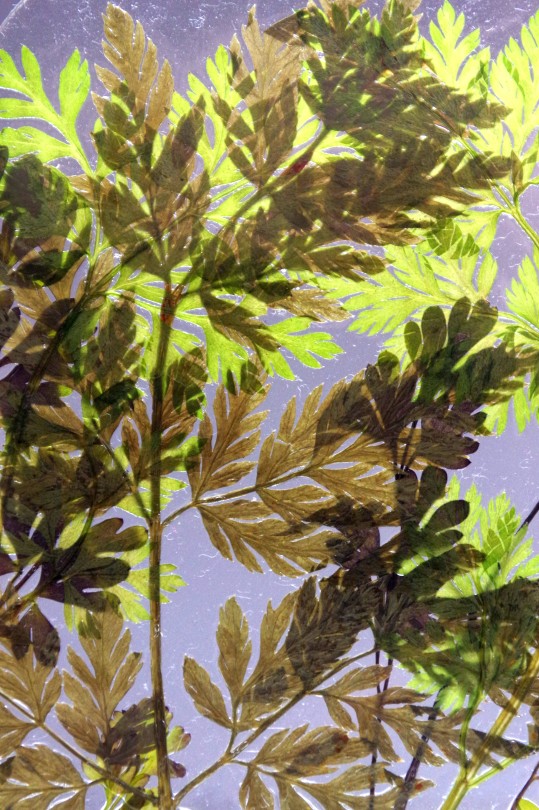
Silent Language, 2019
Inside with simillar composition in the body, however with such different shapes and drives. When we observe with this level of intimacy, we experience rhytm and motions in a momento of life as well as it comunicates with each other.
portraits of the details in plants, preserved in recycled acrylic glass from, a previous ilustrative decorative art project, Frozen in Spring.
#veins#naturepaterns#naturelovers#nature lover#naturetextures#naturepallets#green#greenrevolution#purple#glass#acrylic#frozen#originalartwork#originalphotographers#original photography#plant lovers#plantworld#botanicalgardens#dots#river#protect our home#silent#language
19 notes
·
View notes
Photo
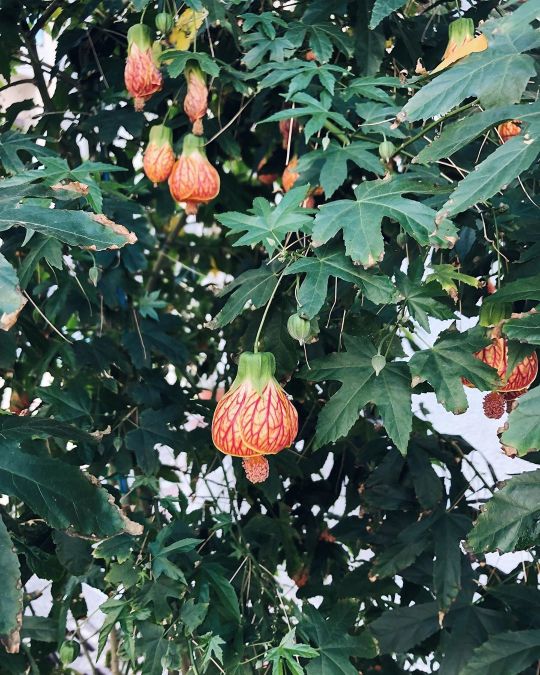
Beautiful lanterns everywhere . . . #floweringmaple #plantworld #chinesetemple #chineselanterns #brightfuture https://www.instagram.com/p/B6PIkBynfRf/?igshid=6c08eyksoh2o
1 note
·
View note
Photo

the things you find in the valley...
#beautifulblob #greengoo #delinquentvalley
#nature#plantworld#llareta#beautifulblob#greengoo#beauty#desertlife#iwannafeelit#greenery#mothernature#plantlife#dope#apiaceae family#delinquentvalley
6 notes
·
View notes

